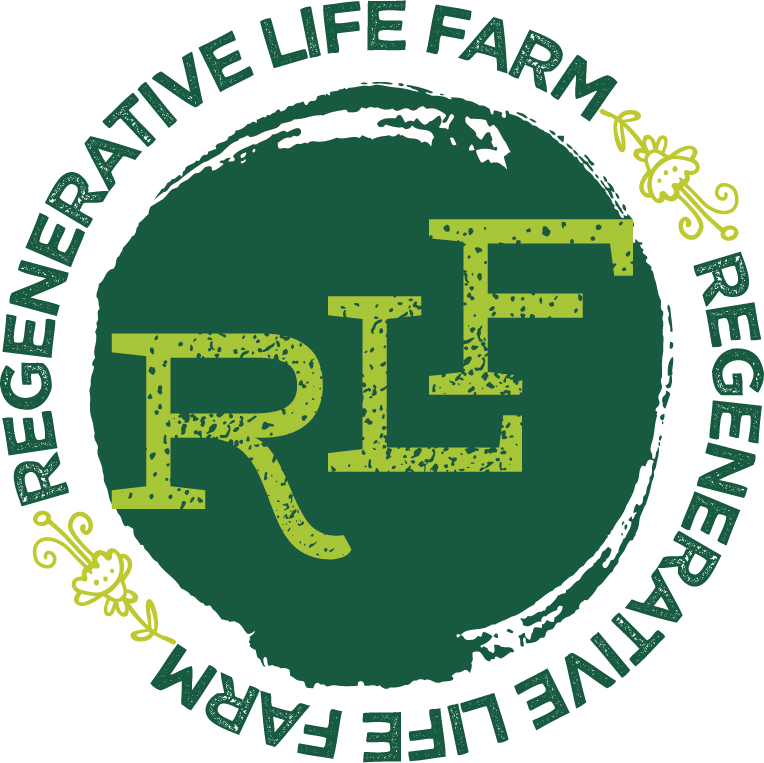Fantastic Fungi
This appeared in the February 3, 2022 edition of The Fish Wrap.
Our tour of the soil food web concludes with the kingdom of Fungi. There are thousands of different fungi in a handful of soil, over 90% of which are unidentified. Mushrooms are the reproductive part of a vast organism that lives in the soil, where thread-like hyphae form a network called Mycelium. Fungi absorb nutrients from the environment in a highly cooperative relationship with plants and other organisms.
Three types of fungi play key roles in the soil food web. 1. Decomposers, saprophytic fungi that convert dead organic material into nutrients that can be used by plants. 2. Pathogens and Parasites. They can help control populations of unwanted insects. 3. Mutualists, fungi that live in close interaction with plants, providing nutrients and minerals in exchange for carbon and sugars. Some mutualists live in the zone around plant roots and others live within the plant root.
Many agricultural crops depend on this interaction in the zone around roots, called the Mycorrhizal Zone. The thread-like strands around a root are part of a vast network of strands that can be the size of a football field or larger! This serves as a communication system for an entire garden or forest, leading forester Peter Wohlleben to call it the ‘wood wide web.’ The fungi is like the brain of the garden, communicating needs and possible threats from one end to the other.
A farmer can gain insight into his soil by looking through a microscope. Healthy soil will have brightly colored mycelium with thick, segmented hyphae. Soil in forests will have the largest mycelium network, while a heavily plowed field will have almost no fungi. The fungal organism beneath your garden gives the soil structure and water retention, decomposes dead plant matter and provides plants with vital nutrients.The brain beneath your feet!
